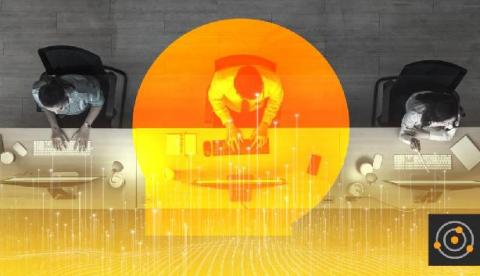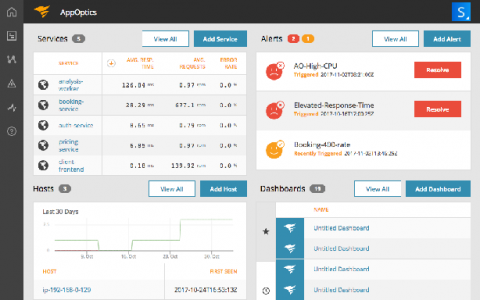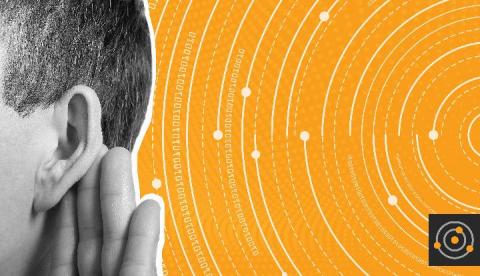7 Ways Cloud-Based ITSM Solutions Can Make IT Support a Breeze
Moving to the cloud is one of the most critical trends in digital transformation. Gartner even predicts that by 2022, 90% of companies will be using cloud services. As cloud adoption becomes more prevalent, let’s take a look at why the cloud pairs so well with IT service management (ITSM).











